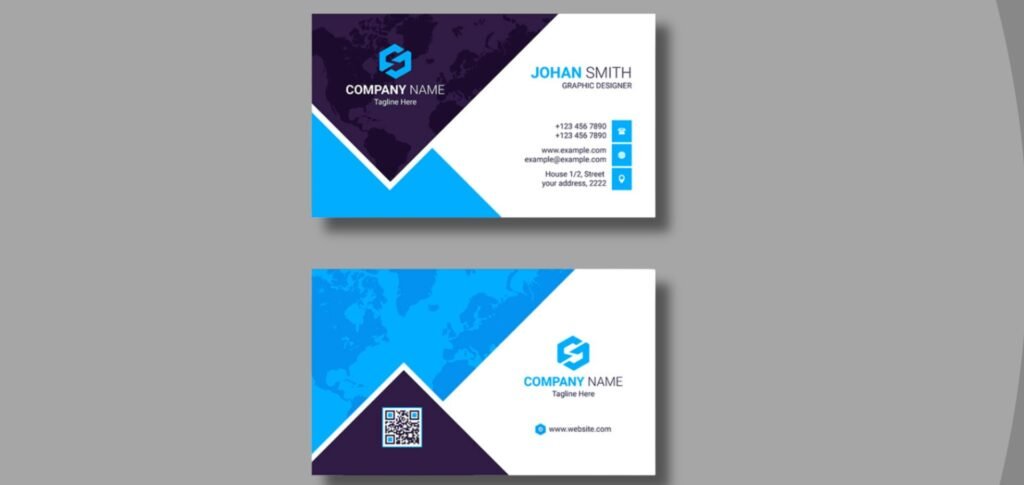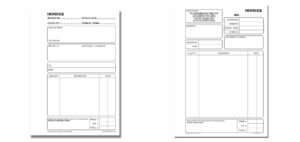In a world where digital interactions and virtual connections are increasingly becoming the norm, the relevance and utility of traditional business cards might seem to be diminishing. Yet, even as we navigate this digital age, business cards retain a significant place in professional exchanges. For DiscoverPrint, a leader in innovative printing solutions, understanding and adapting to the evolving landscape of business networking is paramount. This blog explores the future of business cards, examining how they can adapt, transform, and remain an essential tool in our digital world.
The Enduring Value of Physical Business Cards
Despite the surge in digital communication tools, the tactile nature of a business card carries a personal touch that digital means have yet to replicate fully. A business card is not just a means of sharing contact information; it’s a tangible representation of a person’s professional identity and brand. The act of exchanging business cards can establish a memorable connection, something that digital interactions often lack due to their transient nature.
Integration of Digital Technologies
The key to the future of business cards lies in their ability to integrate with digital technologies. QR codes, NFC (Near Field Communication) chips, and AR (Augmented Reality) are just a few examples of how physical cards are being enhanced to bridge the gap between traditional and digital networking.
- QR Codes: By embedding a QR code on a business card, individuals can direct their contacts to online portfolios, websites, or social media profiles, expanding the amount of information shared beyond what is printed on the card.
- NFC Chips: NFC technology allows for the wireless transfer of data between two devices. Business cards with embedded NFC chips enable the instant sharing of contact information, simply by tapping the card against a smartphone.
- Augmented Reality: AR can transform a standard business card into an interactive experience. Scanning the card with a smartphone can bring up video presentations, animated graphics, or even 3D models, providing a dynamic way to engage contacts and present information.
Sustainable and Innovative Materials
Sustainability is a growing concern in all industries, including printing. The future of business cards sees a shift towards eco-friendly materials such as recycled paper, bamboo, and biodegradable plastics. These materials not only reduce environmental impact but also offer new textures and aesthetics for business cards, distinguishing them in a crowded marketplace.
Additionally, experimentation with innovative materials such as metal, wood, and even edible substrates reflects the desire for uniqueness and memorability in business card design.
The Role of Design in the Digital Age
As business cards evolve, so too does the importance of their design. In a digital age where attention spans are short, a business card needs to capture interest immediately while effectively communicating the individual’s or company’s brand identity. Minimalist designs, bold typography, and vibrant colours are trends that stand out, but the future may see increasingly personalized and customizable designs that reflect the individual’s personality or brand ethos more accurately.
Conclusion
The business card’s future is not about choosing between traditional and digital but about integrating the best aspects of both. DiscoverPrint is at the forefront of this evolution, embracing technology and innovation to offer business cards that are not only environmentally friendly but also digitally savvy and design-forward. As we continue to navigate the complexities of professional networking in a digital age, business cards will remain an essential tool, evolving to meet the needs of modern professionals while retaining the personal touch that makes them irreplaceable.
By investing in the future of business cards, DiscoverPrint is committed to providing solutions that cater to the ever-changing landscape of professional networking, ensuring that our clients always make a lasting impression.















